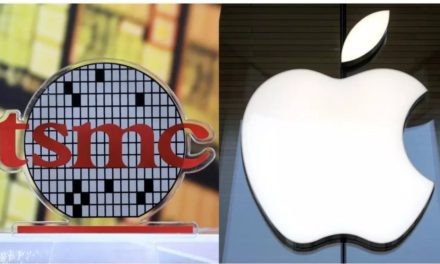Apple has been granted a patent (number US 11733769 B2) for “presenting avatars in three-dimensional environments.”
About the patent
The patent relates generally to computer systems that are in communication with a display generation component and, optionally, one or more input devices that provide computer-generated experiences. These include, but aren’t limited to, electronic devices that provide virtual reality and mixed reality experiences via a display such as the upcoming Vision Pro.
In the patent Apple notes that the development of computer systems for augmented reality has increased significantly in recent years. Input devices, such as cameras, controllers, joysticks, touch-sensitive surfaces, and touch-screen displays for computer systems and other electronic computing devices are used to interact with virtual/augmented reality environments. Examples of virtual elements include virtual objects such as digital images, video, text, icons, and control elements such as buttons and other graphics.
Apple says that some methods and interfaces for interacting with environments that include at least some virtual elements (e.g., applications, augmented reality environments, mixed reality environments, and virtual reality environments) are “cumbersome, inefficient, and limited.”
For example, systems that provide insufficient feedback for performing actions associated with virtual objects, systems that require a series of inputs to achieve a desired outcome in an augmented reality environment, and systems in which manipulation of virtual objects are complex, tedious, and error-prone, create a significant cognitive burden on a user, and detract from the experience with the virtual/augmented reality environment. In addition, these methods take longer than necessary, thereby wasting energy of the computer system. This latter consideration is particularly important in battery-operated devices.
Apple wants to provide computer systems with improved methods and interfaces for providing computer generated experiences to users that make interaction with the computer systems more efficient and intuitive for a user. The company says that such methods and interfaces would reduce the number, extent, and/or nature of the inputs from a user by helping the user to understand the connection between provided inputs and device responses to the inputs, thereby creating a more efficient human-machine interface.
Summary of the patent
Here’s Apple’s abstract of the patent: “In some embodiments, a computer system receives data representing a pose of at least a first portion of a user and causes presentation of an avatar that includes a respective avatar feature corresponding to the first portion of the user and presented having a variable display characteristic that is indicative of a certainty of the pose of the first portion of the user.
“In some embodiments, a computer system receives data indicating current activity of one or more users is activity of a first type and, in response, updates a representation of a user having a first appearance based on a first appearance template. The system receives second data indicating current activity of the one or more users and, in response, updates the appearance of the representation of the first user based on the current activity of the one or more users using the first or a second appearance template.”
Article provided with permission from AppleWorld.Today




